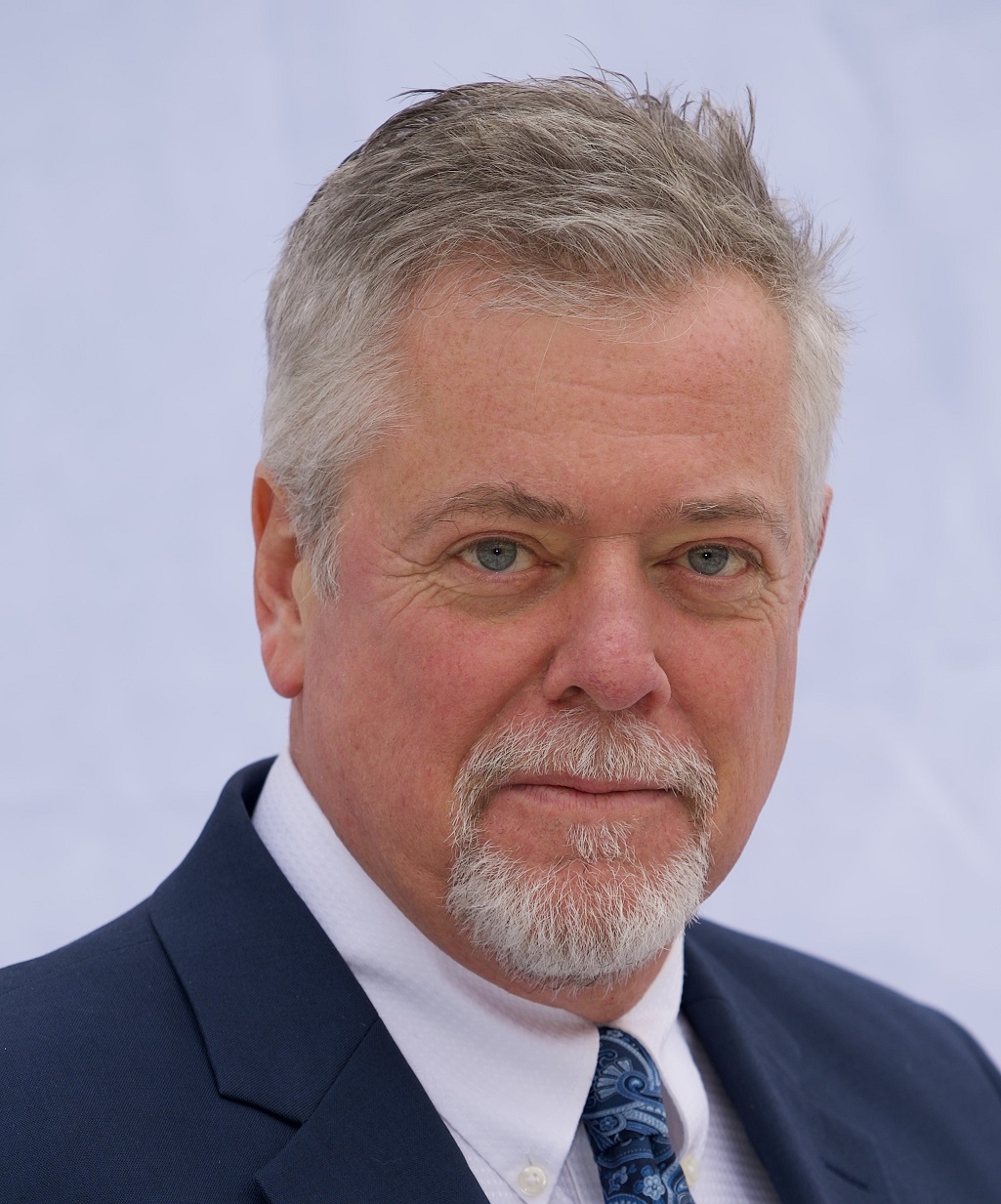6 Principles of High-Performance Practice
Written by: Peder Jacobsen, VP, Learning
(View Author Bio)
Highly focused, repetitive practice of difficult situations moves employees from good to great. Implementing the principles of high-performance practice in your sales organization can help you outpace your competition.
Scroll Down
____________________
Ordinary practice doesn’t make perfect. No practice at all is even worse. But highly focused, repetitive practice of difficult situations moves sales people from good to great. Implementing the principles of high-performance practice in your sales organization can help you outpace your competition.
____________________
Daniel Coyle, the bestselling author of The Talent Code, makes three observations about high-performance practice – and we’ve added three more based on our 30 years in the sales training field.
1. It occurs in training
Practice will always happen. If you don’t practice in training, you practice on the job. If you are a salesperson, you practice on the customer. If you are a manager, you practice on your own people. If you are an individual contributor, you practice while you are trying to finish a task.
High-performance practice happens inside training. It happens when the inevitable training course corrections don’t mean fewer sales, unhappy management or frustrated clients and prospects.
2. It is focused
Coyle says it this way, “You aren’t recreating the entire game [a selling scenario], but only targeted situations.” In the same way, in sales training you aren’t re-creating or simulating a rep’s entire job. That’s not practical, affordable or desirable."
Instead, high-performance practice focuses on just a few critical elements. For example, the salesperson focuses on overcoming two different objections and transitioning to the close. The manager practices on sandwiching the critique between two compliments. The worker focuses on the most difficult part of a repeated task.
3. It is often untraditional
There’s a great story related by Daniel Coyle about Steve Kerr, a former NBA guard. Steve specialized in coming into a basketball game “cold” when his team needed 3-point shots. His high-performance practice was made up of his coach just chatting normally to Steve for several minutes on the sidelines before randomly shouting, “Now!” Then Steve would grab a ball run to the 3-point line and shoot. The untraditional, focused practice worked wonders because Steve didn’t need practice shooting 3-pointers, he needed practice shooting “cold.”
4. It is habitual
High-performance practice is relentless. Anders Ericsson is a psychologist from Florida State University whose research underpins much of today’s discussion on deliberate, focused practice. Ericsson says, “…the expert is engaging in this search for finding the best ways of performing and then constantly seeking feedback about where they’re [under]performing…”
We need to a better way to practice than going into a classroom and watching nine other people role-play at the front of the room before you get 3 minutes of practice with feedback from the instructor. For our clients we use daily knowledge reinforcement apps or remote role-play technology with daily “workouts.”
5. It’s measured
High-performance practice needs feedback – and you can’t get good feedback without good measurement.
One of our learning technology consultants shared an experience where a Life Sciences company varied the practice and feedback between two groups of sales reps.
Group A practiced in an intense instructor-led environment where feedback was only given at the end of each roleplaying session. In a final assessment, reps were “on point” with the messaging about 20% of the time.
Group B had each phrase throughout their roleplay measured with appropriate feedback using technology. After getting immediate feedback about the phrase, the rep added longer and longer messaging as they performed correctly. In their final assessment, Group 2 was “on point” with their messaging 90+% of the time.
The sales training with measurement and ongoing feedback was over 400% more effective!
6. It’s gamified
There is an unfortunate and nearly universal principle. We all hate practice.
So we need all the motivation we can muster to draw people into high-performance practice. That’s where gamification comes in. The trick is that not every gamification tactic or tool works for everyone. It’s never “one size fits all” with motivation. The best gamification solutions are ones that address the unique needs and desires of the target audience.
____________________
Your salespeople WILL practice. If you don’t want them to practice on the customer, incorporate practice into your sales training curriculum. If you want to blow away your numbers, then incorporate these high-performance practice principles.
____________________
Ready to learn more? Let's chat!














